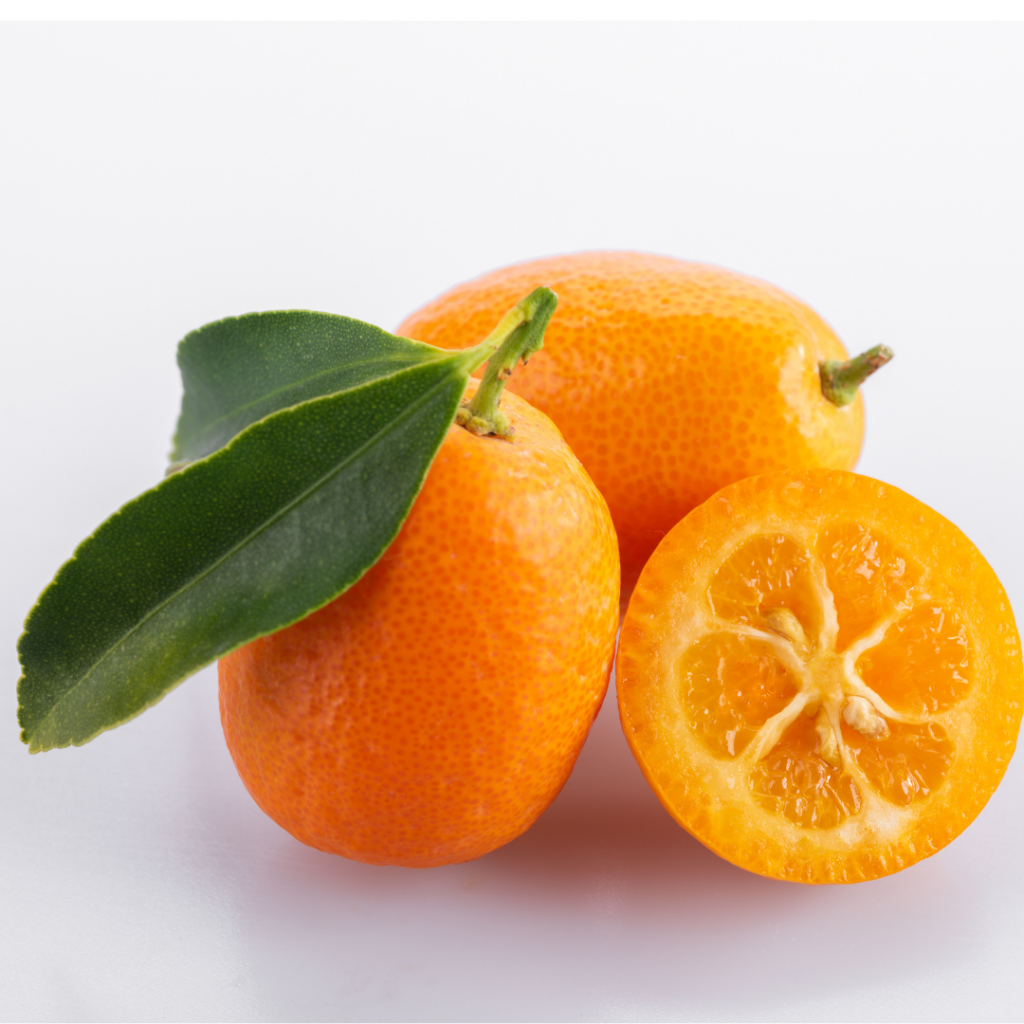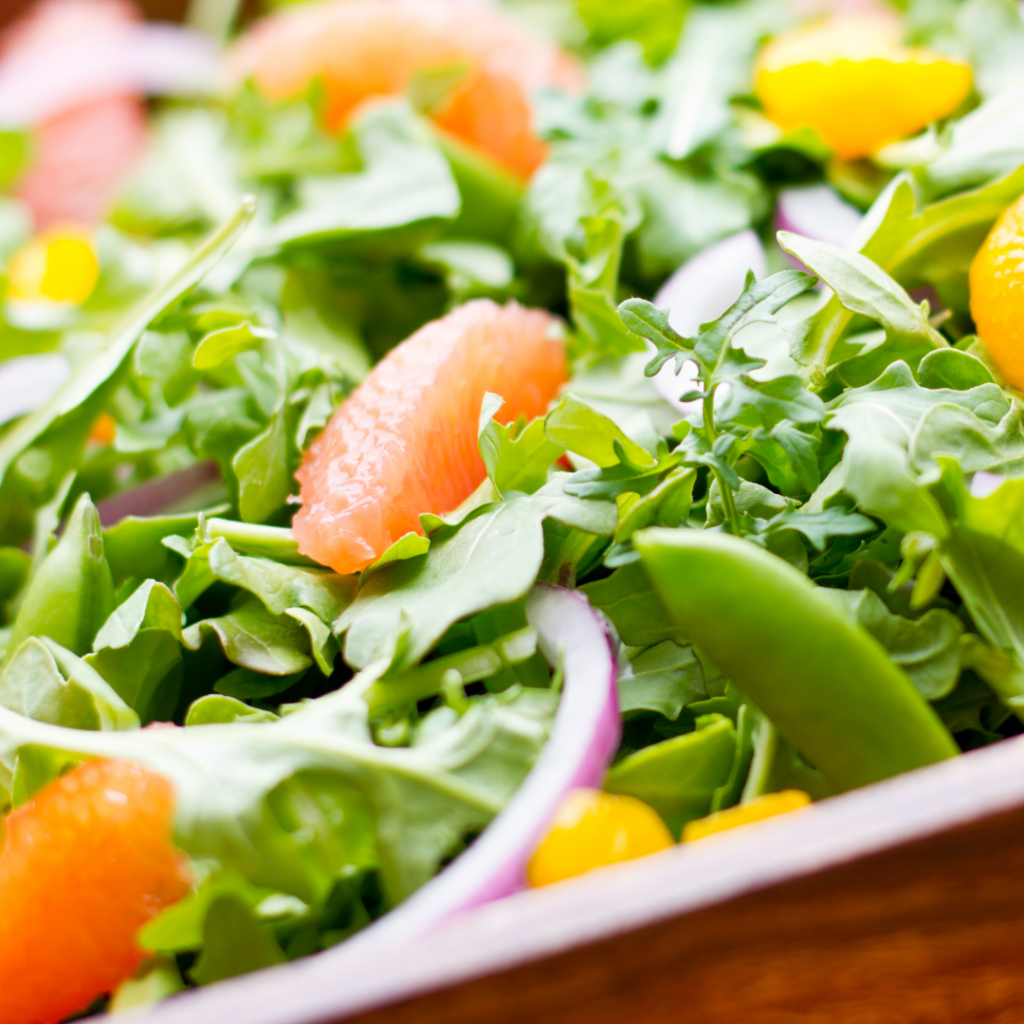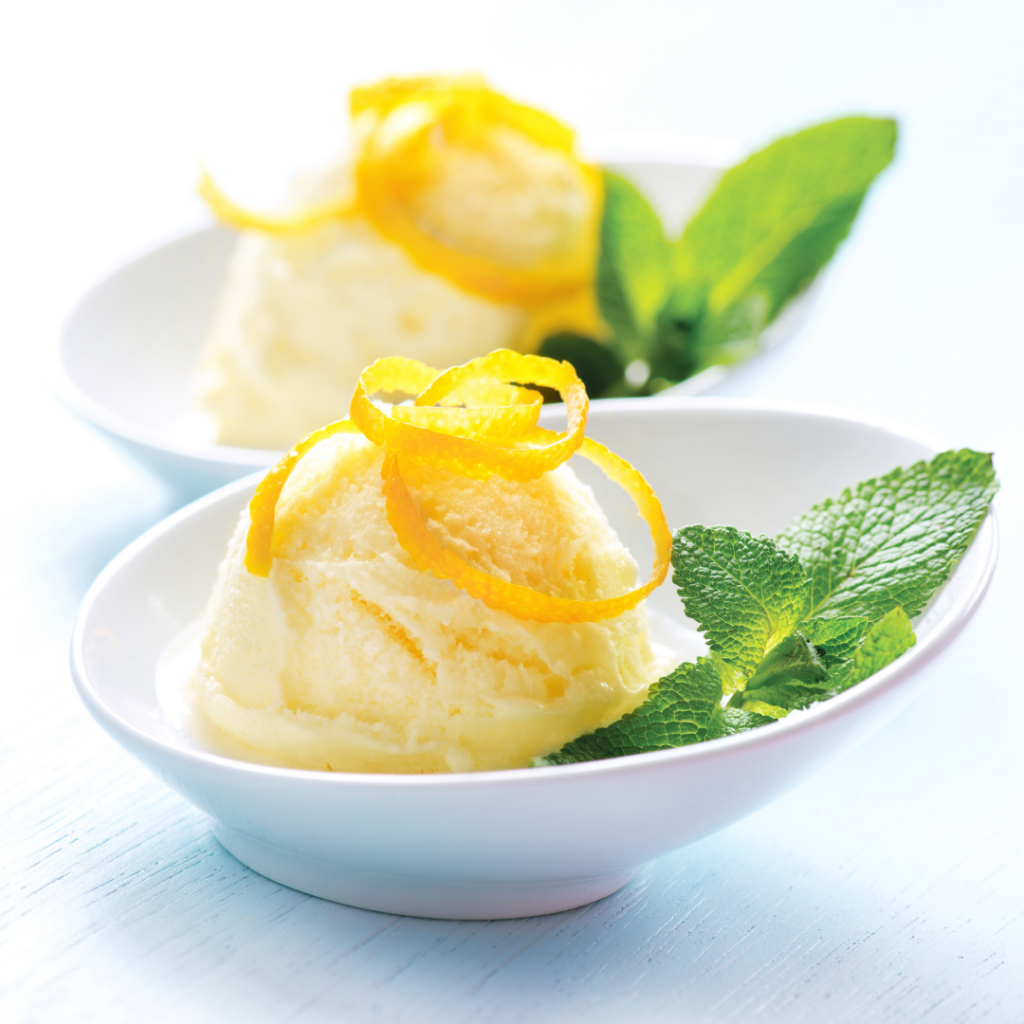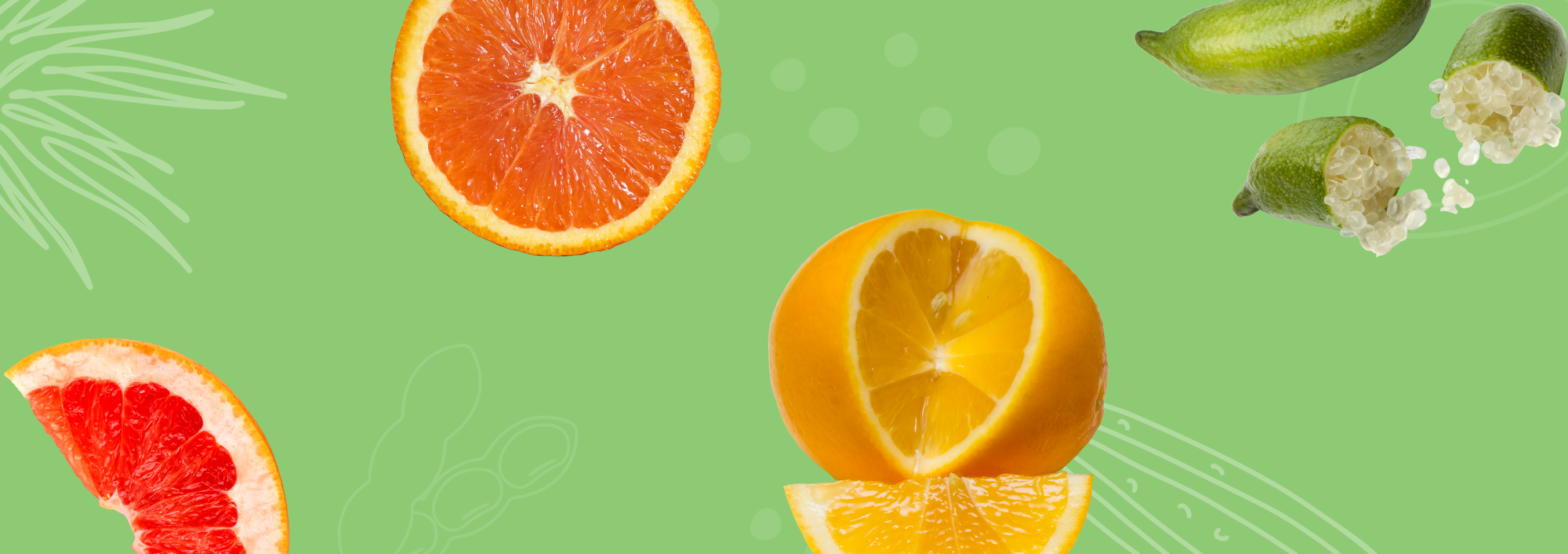As the winter chill sets in, there’s a burst of vibrant flavors waiting to grace our tables—citrus fruits. Winter, often synonymous with cozy evenings by the fireplace and hearty comfort foods, also marks the peak of citrus season. Citrus not only adds a burst of sunshine to the gloomy winter days but also offers an array of health benefits.
Why Winter?
In the winter, the geography of citrus cultivation plays a crucial role in the availability and diversity of citrus. While citrus trees are hardy and can thrive in various climates, certain regions become citrus havens during the winter months. California, particularly the Central Valley, is a major contributor to the winter citrus bounty in the United States. Here, the mild climate and fertile soil create optimal conditions for growing a variety of citrus fruits, from juicy oranges to tangy lemons. The southern regions of Florida also shine during the winter, with the Sunshine State living up to its name as a prime citrus-producing area. Internationally, countries like Spain, Italy, and Morocco are known for their winter citrus harvests, exporting a spectrum of flavors to global markets. The combination of these diverse growing regions ensures a continuous supply of fresh and flavorful citrus throughout the winter.

The Winter Citrus Lineup
Oranges:
Oranges are undoubtedly the reigning champions of winter citrus. Bursting with vitamin C, they offer a refreshing and immune-boosting kick. Varieties such as Navel and Cara Cara are particularly abundant during the winter months. Their sweet and tangy profiles make them perfect for both snacking and juicing. Chefs can experiment with orange segments in salads, create zesty marinades, or whip up a classic orange glaze for meats and desserts.
- Naval Oranges: Naval oranges are known for their sweet and slightly tangy flavor. They are less acidic than some other orange varieties, making them a favorite for fresh consumption and juicing.
- Cara Cara Oranges: Cara Cara oranges have a distinct flavor that combines the sweetness of traditional oranges with hints of cherry and berry. They are often considered sweeter and less acidic than Naval oranges.
- Bergamot Oranges (item #03154): The flesh of Bergamot oranges is less juicy than that of other common citrus varieties, and it is typically not consumed fresh due to its tart and bitter taste. However, the peel imparts a unique citrus flavor with floral and slightly spicy notes.
- Valencia Oranges: Valencia oranges are characterized by a sweet and slightly tart flavor profile. They are often favored for juicing due to their high juice content and well-balanced taste.
- Blood Oranges: Blood oranges have a distinct flavor that combines the sweetness of oranges with berry-like undertones. The presence of anthocyanins, natural pigments responsible for the red color, contributes to their unique taste.
Grapefruits:
Grapefruits, with their invigorating tartness, add a sophisticated twist to winter dishes. Pink and red varieties dominate the market during this season. The bitterness of grapefruit pairs wonderfully with arugula in salads, or chefs can elevate seafood dishes with a grapefruit ceviche.
- Ruby Red Grapefruit: The classic Ruby Red grapefruit is renowned for its vibrant red or pink flesh, offering a perfect balance of sweetness and tanginess. Its succulent and juicy texture makes it a popular choice for breakfast or as a refreshing snack.
- White Grapefruit: White grapefruits, such as the Marsh or Duncan varieties, have a paler flesh and tend to be less sweet, with a sharper, more traditional grapefruit flavor.
- Oro Blanco Grapefruits: A cross between a grapefruit and a pomelo, present a milder, less acidic taste, resembling a sweeter version of a traditional grapefruit.
Mandarins/Tangerines/Clementines:
Mandarins are the perfect snack-sized citrus delights. Easy to peel and bursting with sweetness, mandarins, including varieties like Satsuma, Gold Nugget, Shasta Gold, Ojai Pixie and Clementine (item #98755), are a winter favorite. Chefs can use segments in desserts, infuse their flavor into cocktails, or create a vibrant salsa to accompany grilled proteins.
- Satsuma Mandarins (item #10543): Satsuma mandarins, often simply referred to as Satsumas, are a distinct and popular variety of mandarin oranges known for their sweetness, ease of peeling, and seedlessness.
Lemons:
While lemons are available year-round, their peak season often coincides with winter. Known for their bright acidity, lemons can transform any dish. Chefs can use lemon zest to enhance the flavor of baked goods, create a zesty lemon vinaigrette for salads, or whip up a classic lemon curd for a decadent dessert.
- Meyer Lemons (item #10511): Meyer lemons are notably sweeter compared to traditional lemons. Due to their sweeter and less acidic nature, Meyer lemons are incredibly versatile in the kitchen and particularly prized in baking.
Limes:
Limes are a citrus fruit known for their bright green color, tart flavor, and versatility in various culinary applications. They are a popular ingredient in both savory and sweet dishes, adding a refreshing and tangy kick to beverages, salads, marinades, desserts, and more.
- Finger Limes (item #40500): Finger limes, also known as caviar limes or citrus caviar, are a unique and tiny citrus fruit with a distinctive appearance. What sets finger limes apart is their elongated shape and the tiny, bead-like juice vesicles inside. These vesicles resemble caviar, giving rise to the alternative name. The flavor of finger limes is typically tart, similar to traditional limes, but with a unique textural experience.
Other:
- Buddha Hand Citron (item #20977): The flavor of Buddha’s hand citron is distinct and aromatic. It is known for its intense citrus fragrance without the typical juiciness or pulp found in other citrus fruits. One of the primary uses of Buddha’s hand is its zest. The peel is rich in essential oils, imparting a strong citrus aroma to dishes.
- Kumquats – Unlike many other citrus fruits, kumquats are typically eaten whole, including the peel, which is sweet, and the flesh, which is tart. They add a distinctive sweet and tangy flavor to dishes and are often enjoyed fresh, candied, or used in jams and preserves.



Want the fresh citrus taste without the whole fruit? Check out our selection of Natalies Juices for fresh citrus juice options like blood orange, fresh lemon, fresh lime, grapefruit, orange and tangerine.
Citrus Inspiration
Citrus-infused Roasts:
Liven up your winter roasts by incorporating citrus flavors. Marinate meats in a blend of orange, lemon, and grapefruit juices for a refreshing and aromatic twist.
Winter Citrus Salads:
Create vibrant salads by combining a variety of citrus segments with greens, nuts, and cheese. The combination of sweet and tangy citrus adds complexity to the dish.
Citrus Desserts:
From tarts to sorbets, winter citrus can be the star of your dessert menu. Experiment with citrus curds, candied peels, or even a grapefruit and thyme-infused panna cotta.
Citrus-infused Cocktails:
Craft refreshing cocktails using winter citrus. From classic margaritas with a twist of mandarin to grapefruit mojitos, the options are endless.



Winter is truly the season of citrus, offering a burst of flavor and a nutritional boost when we need it most. Chefs can explore the diverse world of winter citrus to create dishes that are not only delicious but also celebrate the unique qualities of each fruit. While some of our citrus comes and goes with seasonal availability, reach out to your customer advocate with questions or help sourcing something specific. So, let the citrus celebration begin, and infuse your winter with a burst of sunshine!

